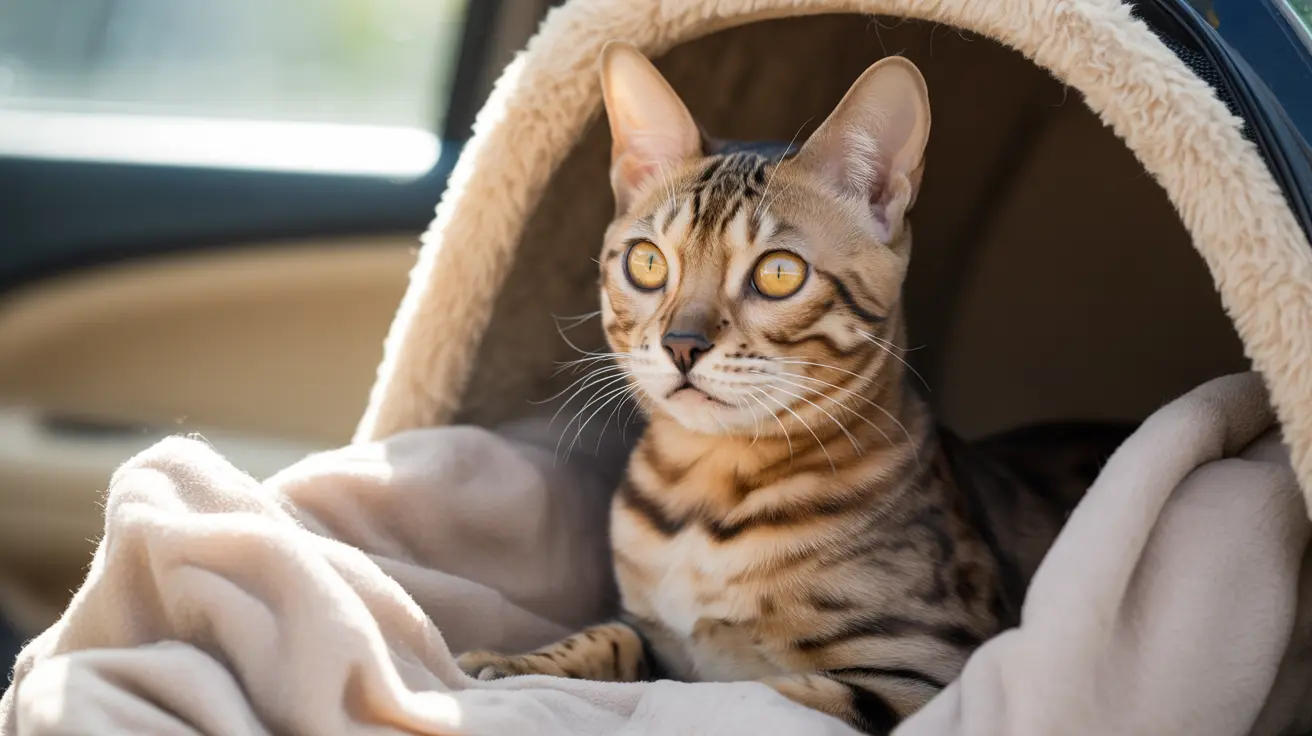Understanding Dracaena Toxicity Duration and Effects in Cats
Dracaena, also known as the dragon tree, is a popular houseplant admired for its slender leaves and elegant appearance. However, for cat owners, it's crucial to know that Dracaena species are toxic to cats due to the presence of chemical compounds called saponins. Recognizing the signs of toxicity and knowing how long the symptoms might last can significantly impact your pet’s recovery and well-being.
What Makes Dracaena Toxic to Cats?
Dracaena plants contain saponins, naturally occurring compounds that serve as a defense mechanism against pests. While these chemicals are harmless to humans, they can cause significant adverse reactions in cats. Saponins disrupt red cell membranes and gastrointestinal functioning, leading to a cascade of clinical signs.
Common Symptoms of Dracaena Toxicity
After a cat ingests any part of the Dracaena plant—leaf, stem, or root—symptoms typically appear within a few hours. These include:
- Drooling
- Vomiting
- Diarrhea
- Abdominal pain
- Loss of appetite
- Weakness or lethargy
- Unsteady walking
- Dilated pupils
- Elevated heart rate
How Long Do Symptoms Last?
The good news is that Dracaena toxicity is usually not long-lasting. With appropriate veterinary treatment and supportive care, most cats recover fully within 24 hours. This timeframe accounts for the period required for plant material to move through the digestive system. In rare or more severe cases, hospitalization might extend this duration.
Is There Any Long-Term Damage?
Unlike some other toxic plants, such as lilies which can cause kidney failure, Dracaena does not typically result in lasting organ damage. The liver, kidneys, and intestines are usually not permanently affected. Once the toxic compounds are expelled and the symptoms managed, the cat is expected to return to their normal state.
Recommended Veterinary Treatment
Since no specific antidote exists for saponin poisoning, treatment focuses on symptomatic relief and minimizing complications. Veterinary interventions may include:
- Intravenous or subcutaneous fluid therapy to prevent dehydration
- Anti-nausea medications to control vomiting
- Pain relievers if the cat is experiencing severe discomfort
Blood tests and physical exams might be conducted to assess dehydration and electrolyte imbalances. Antibiotics are typically not prescribed unless a secondary infection is suspected.
Home Care and Monitoring
If you've brought your cat home after veterinary treatment or are monitoring mild symptoms under vet supervision, consider the following steps:
- Remove all Dracaena and other toxic plants from the environment
- Encourage water intake through fresh bowls or even water fountains
- Provide bland, vet-recommended food once vomiting and nausea subside
- Observe closely for ongoing symptoms like drooling or incoordination
- Maintain a calm, stress-free environment to support recovery
Do not induce vomiting at home unless explicitly advised by a veterinarian.
Preventing Future Incidents
Prevention remains the best cure. Here are some tips to keep your feline friends safe:
- Keep Dracaena and other common toxic plants out of reach
- Monitor plant-interested cats closely
- Pick up fallen leaves and plant debris promptly
- Train cats not to chew on foliage through positive reinforcement or deterrents
Other Toxic Houseplants to Be Aware Of
Dracaena is not the only houseplant hazardous to cats. Others include:
- Asparagus fern
- Dieffenbachia
- Heartleaf philodendron
- Jade plant
- Pothos
- Lilies (especially dangerous)
What to Do in an Emergency
If you suspect your cat has ingested Dracaena or any other toxic plant, contact your veterinarian immediately. You can also reach out to support services such as the ASPCA Animal Poison Control Center or the Pet Poison Helpline for emergency guidance.
Conclusion
Dracaena toxicity in cats, while frightening, is usually manageable with prompt treatment. Symptoms commonly subside within a 24-hour window without residual harm. Knowing the risks and preparing a toxic-free home environment can go a long way in safeguarding your beloved pet’s health.





